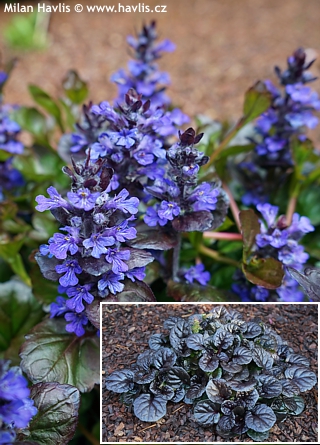Ajuga pyramidalis 'METALLICA CRISPA' pyramidal bugle, bugleweed
Ajuga
The genus Ajuga, commonly known as bugleweed, belongs to the mint family (Lamiaceae) and was first scientifically described in 1753 by Swedish botanist Carl Linnaeus. It includes over 60 species of perennials and annuals naturally found across Europe, Asia, Africa, and Australia. The most widely cultivated species, Ajuga reptans, is prized for its fast-spreading, mat-forming habit and is a popular groundcover in temperate gardens. Historically, some Ajuga species were used in traditional herbal medicine – for example, Ajuga chamaepitys was valued as a natural tonic and for its ability to stop bleeding. Interestingly, the genus name “Ajuga” is derived from the Latin abigo, meaning “to drive away” – likely a nod to its ability to suppress weeds and protect soil. And its common name bugleweed was aptly chosen, too, as it often behaves like a wandering plant, disappearing from one spot only to reappear elsewhere.
Metallica Crispa is a striking cultivar of pyramidal bugleweed, a species native to alpine regions of Europe. Unlike the more vigorous A. reptans, this form grows in compact rosettes and spreads slowly. Its foliage is highly ornamental and semi-evergreen in mild climates. The leaves have a metallic sheen and range in colour from deep green to bronze-purple and nearly black, depending on light and season. Their surface is puckered and blistered, with wavy edges that give the plant a sculptural texture. The leaves form a dense, low mat, and from late spring to late summer, the plant produces short, about 25 cm tall, upright spikes of deep blue to violet two-lipped flowers. The plant’s size without flowers is typically about 10-15 cm tall and 40-50 cm in width. Propagation occurs via short rhizomes, and the plant is notably resistant to soil-borne diseases that often affect A. reptans.
The origin of Metallica Crispa remains undocumented. It is listed as a recognized cultivar in databases such as the Royal Horticultural Society, but without attribution to a breeder or date of introduction. Based on available records, it likely emerged as a garden selection in Western Europe – possibly in the UK or Germany – sometime in the 20th century. The earliest confirmed herbarium specimen dates to 1999, collected in Surrey, England by K. Simpson. However, nursery catalogues suggest it was already in circulation by the 1980s, and it has since become a reliable fixture in European horticulture. The lack of formal registration implies it was propagated vegetatively and adopted informally, which is common for older perennial selections.
In garden design, bugleweed excels as a groundcover for partial shade or dappled light. It pairs beautifully with brunneras, hostas, heucheras, ornamental grasses, and ferns – especially in contrasting colour schemes. It also performs well in lightly shaded but not too dry rock gardens, between stones, or as a border edging. Its dark foliage provides a dramatic backdrop for pale-flowering perennials. In containers, it works as a trailing accent, particularly alongside small-flowered annuals, adding depth and texture to mixed plantings.
This cultivar is low-maintenance and adaptable. It thrives in humus-rich, well-drained soils of any pH, with moderate moisture, and prefers partial shade. It is fully hardy down to –37 °C (USDA zone 3) and highly resistant to pests and diseases. As a member of Ajuga pyramidalis, it maintains a compact form without stolons, remaining stable in its location. If the plant begins to decline, it’s usually due to environmental stress rather than natural migration. Occasional division and replanting will rejuvenate it and help maintain vigour. In containers, be mindful of overwatering.
Last update 11-09-2025
Goods are shipped all over Europe. For Russia and U.K. and for further details please read about SHIPPING OPTIONS HERE.
Are you interested in a serious discount for orders NOV-FEB? Check your options here.
THE PRICES INCLUDE VAT of 15%. For quick conversion you can use 1 CZK = approx. 0.04 EUR
- STANDARD QUALITY - Plants of this group are 1st class quality with number of branches and overall density adequate to their size and age, considering they were container grown.
- DE LUXE QUALITY - This label guarantees a luxurious quality of manually selected plants that, compared to their height and age, are exceptionally dense and beautiful.
- EXTRA - These plants are usually mature and bigger specimens with exceptional overall appearance.
- STANDARD (as described in the plant form) means a tree with a trunk of 190-210 cm and a crown at the top, unless specified differently. The commercial size for trees is their girth measured in the height of 1m from ground.
- HOBBY - These plants are of the same quality as our standard-quality plants but younger and therefore cheaper.
- SHRUB - a woody plant with branches growing bushy from the ground level.
- HALF-STANDARD or MINI-STANDARD - a small tree with shorter trunk, its size is usually specified.
- FEATHERED - These are trees with branches growing already from the base of the trunk and up along the stem.
- GRASSES and PERENNIALS - Sizes given usually read the diameter of the pot or the clump, as specified.









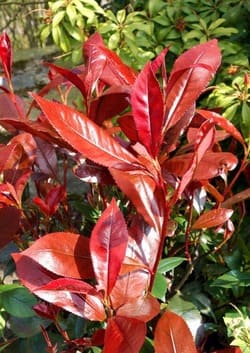
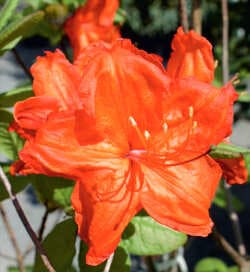

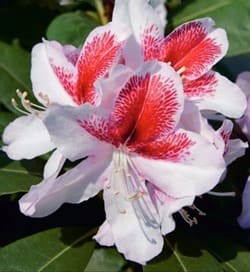


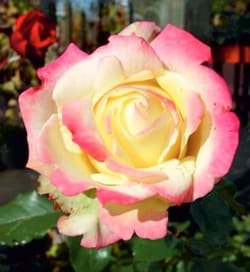
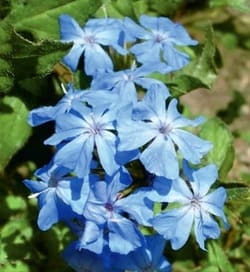
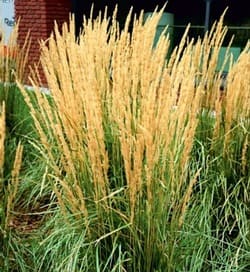
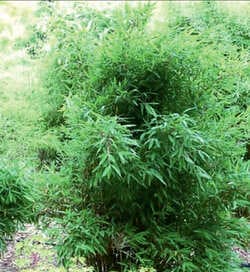

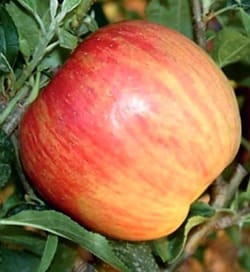
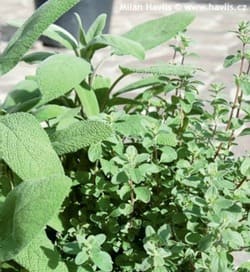
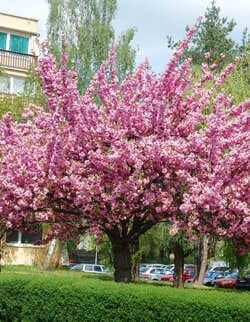
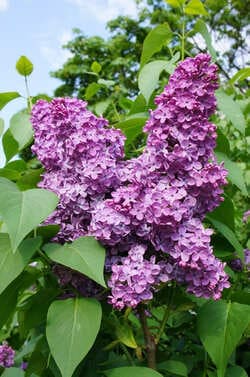
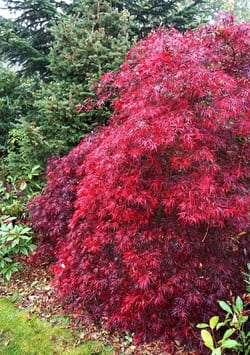
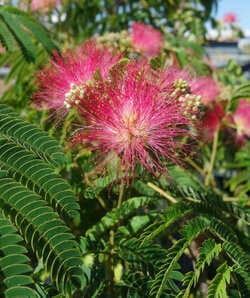
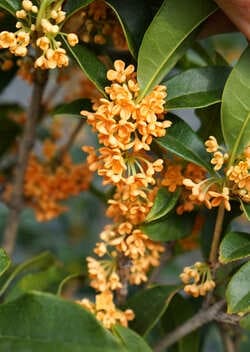



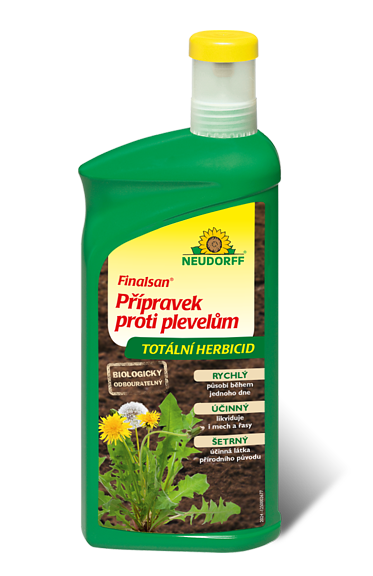


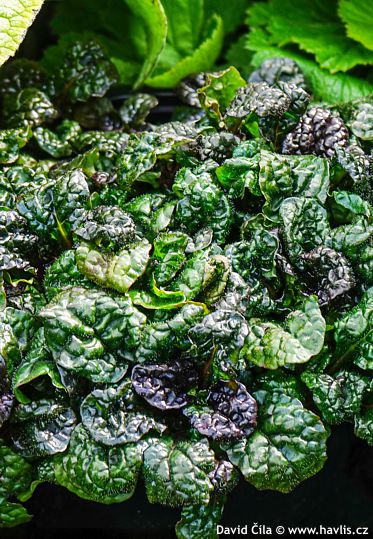

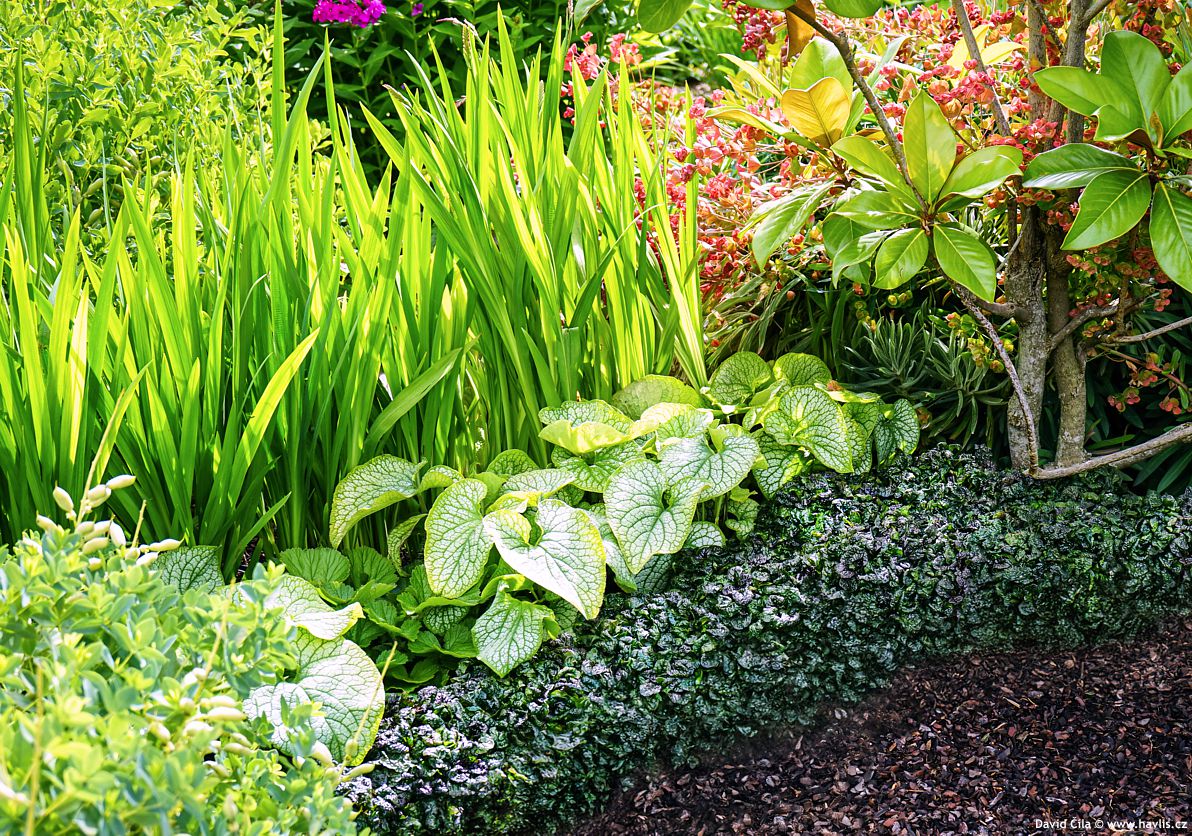
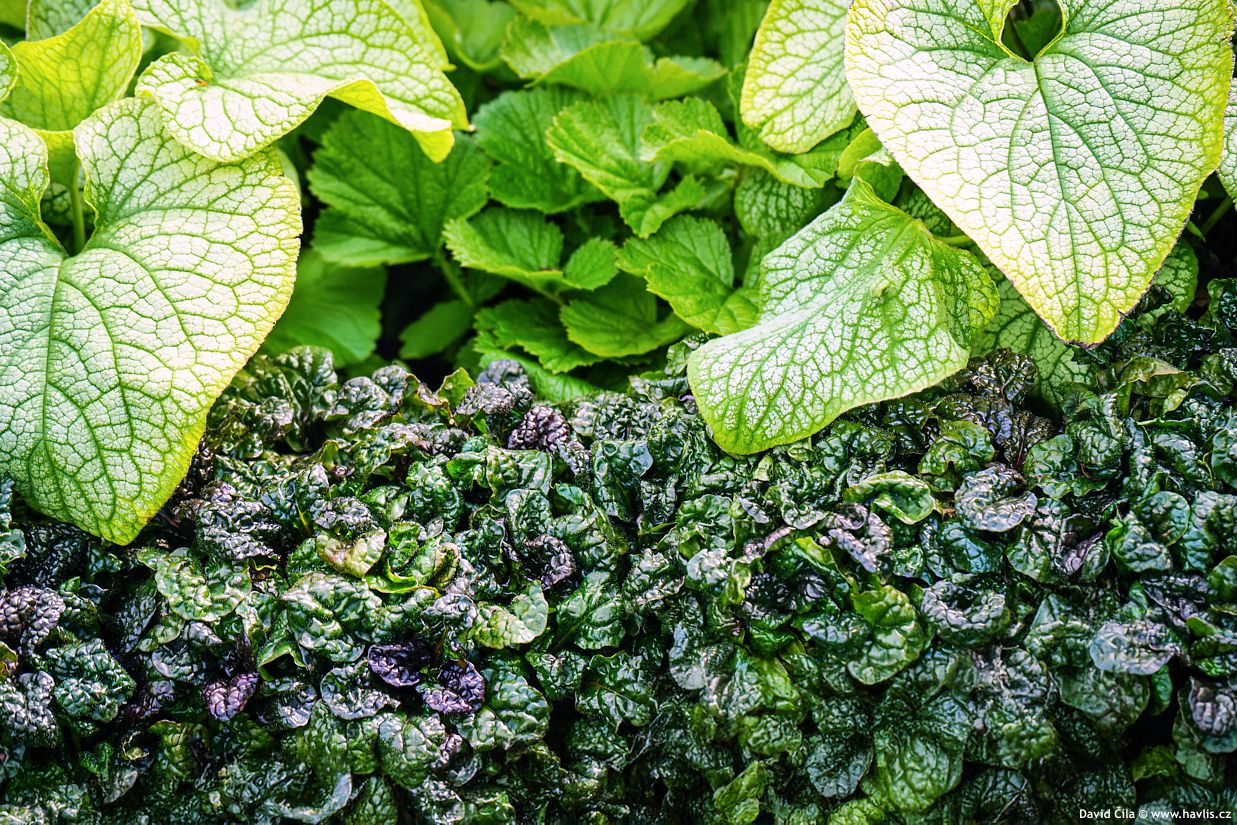
.jpg)



